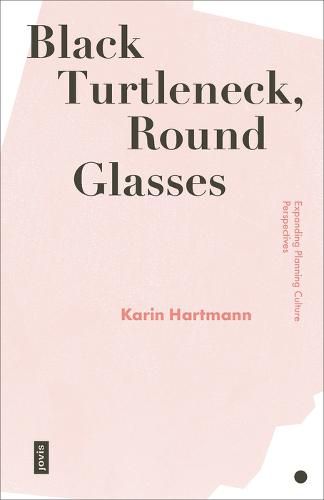Readings Newsletter
Become a Readings Member to make your shopping experience even easier.
Sign in or sign up for free!
You’re not far away from qualifying for FREE standard shipping within Australia
You’ve qualified for FREE standard shipping within Australia
The cart is loading…






According to a recent American study, sexism and racism are so widespread in architecture that there is a distaste for these topics within the branch itself. What are the reasons for this exclusionary working culture? Even in Germany, most architecture graduates since the turn of the millennium have been female-but a large number of conventions and assumptions within the discipline make it difficult for women to remain in the profession. As a result, a great deal of highly trained talent is lost. Black Turtleneck, Round Glasses uses an intersectional feminist perspective to examine the structural causes that push women-and anyone else who isn’t a white cis man-out of the branch. How can architectural teaching and discourse as well as the industry’s self-image become more diverse? Where are the experiences of a pluralistic society missing from the built environment? How can we bring about cultural change in planning and architecture? Featuring an interview with the Dutch architect Afaina de Jong
$9.00 standard shipping within Australia
FREE standard shipping within Australia for orders over $100.00
Express & International shipping calculated at checkout
According to a recent American study, sexism and racism are so widespread in architecture that there is a distaste for these topics within the branch itself. What are the reasons for this exclusionary working culture? Even in Germany, most architecture graduates since the turn of the millennium have been female-but a large number of conventions and assumptions within the discipline make it difficult for women to remain in the profession. As a result, a great deal of highly trained talent is lost. Black Turtleneck, Round Glasses uses an intersectional feminist perspective to examine the structural causes that push women-and anyone else who isn’t a white cis man-out of the branch. How can architectural teaching and discourse as well as the industry’s self-image become more diverse? Where are the experiences of a pluralistic society missing from the built environment? How can we bring about cultural change in planning and architecture? Featuring an interview with the Dutch architect Afaina de Jong